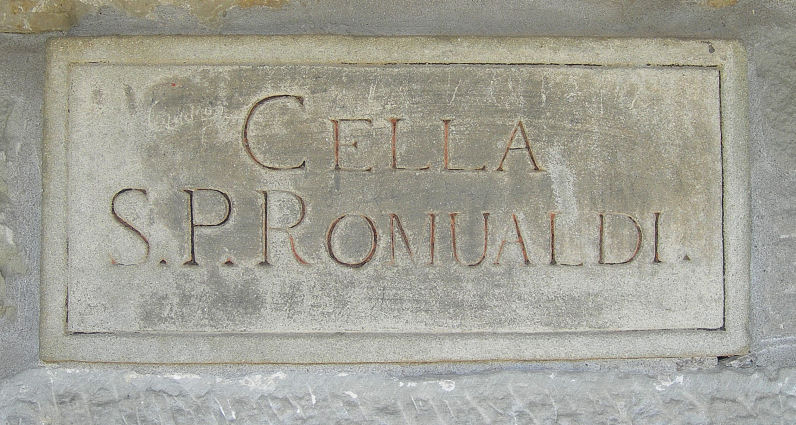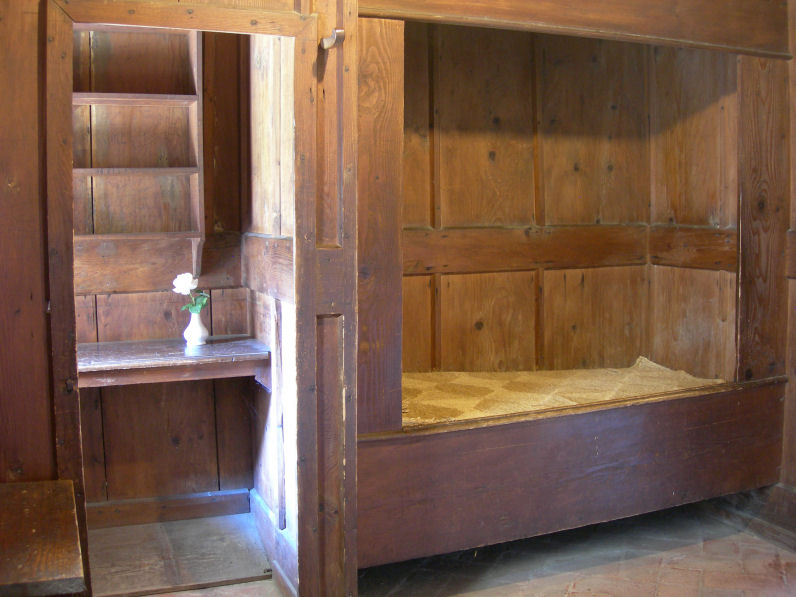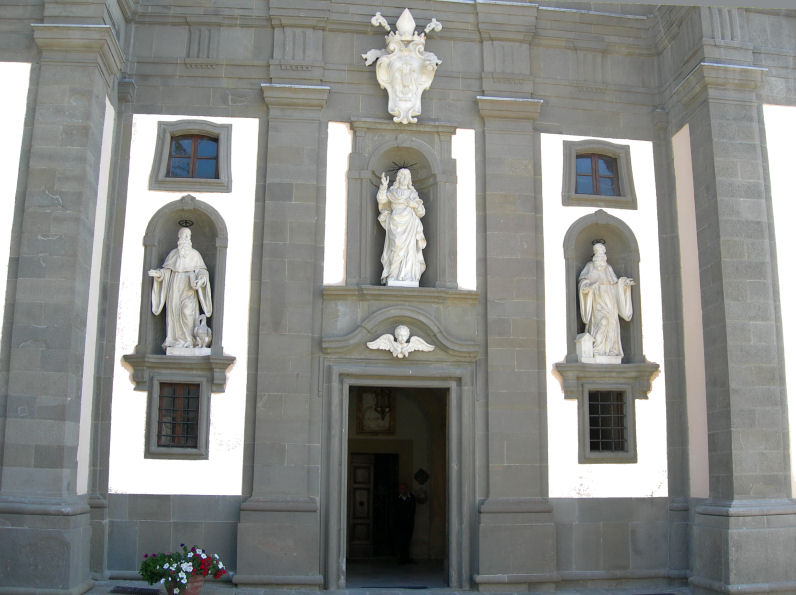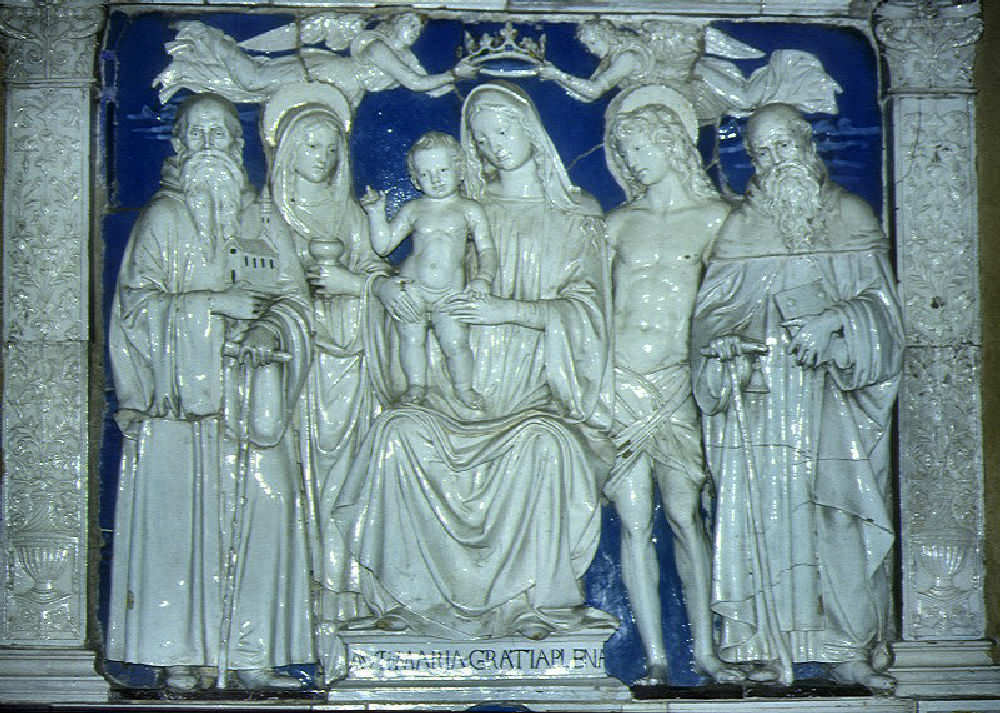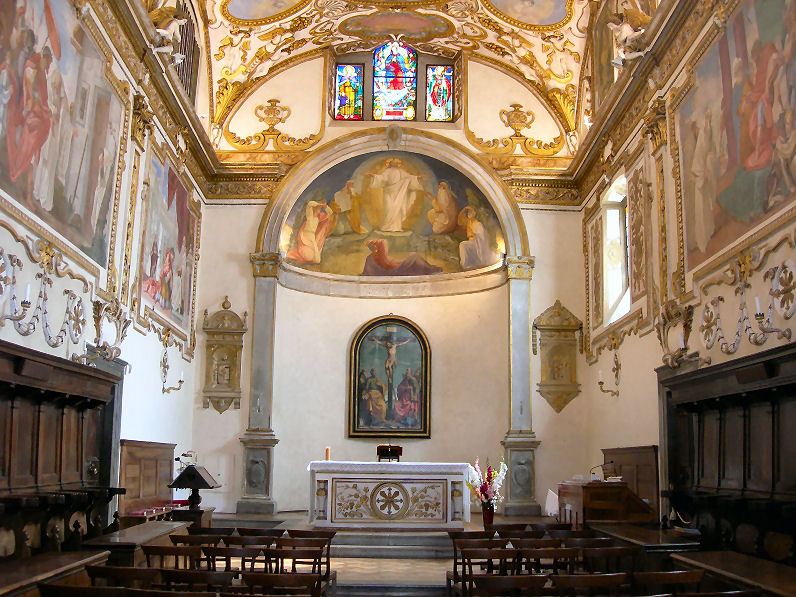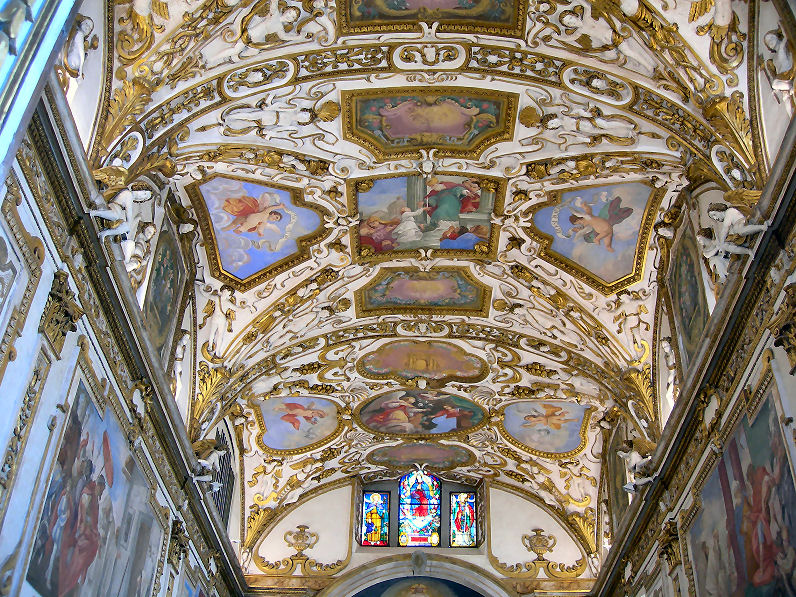 |
| Domenico_Fetti_-_The_Parable_ of_the_Mote_and_the_Beam |
COMMENT:
The Gospel of the Mass of Monday was ringing the verse from Christ’s Sermon on the Mount, especially Mt. 7:3.
RSV
Matthew 7:1-5
Revised Standard Version (RSV)
Judging Others
7 “Judge not, that you be not
judged. 2 For with the judgment you pronounce you will be
judged, and the measure you give will be the measure you get. 3 Why do you see the speck
that is in your brother’s eye, but do not notice the log that is in your own
eye? 4 Or how can you say to your brother, ‘Let me
take the speck out of your eye,’ when there is the log in your own eye? 5 You hypocrite, first take the log out of
your own eye, and then you will see clearly to take the speck out of your
brother’s eye.
Matthew 7:3
From Wikipedia, the free encyclopedia http://en.wikipedia.org/wiki/Matthew_7:3
A c. 1619
painting byDomenico Fetti entitled The Parable of the Mote and the
Beam.
Matthew 7:3 is the third verse of the seventh chapter
of the Gospel of Matthew in the New Testament and is part of the Sermon on the Mount.
This verse continues the discussion of judgmentalism.
In the King James Version of the Bible the text reads:
And why beholdest thou the mote that is in
thy brother's eye,
but considerest not the beam that is in
thine own eye?
The World English Bible translates the passage as:
Why do you see the speck that is in your
brother’s eye,
but don’t consider the beam that is in your
own eye?
For a collection of
other versions see BibRef Matthew 7:3
The meaning of this
verse is fairly clear, it is an attack on the hypocrites who attack others for
their small flaws, while ignoring their own massive ones. Those who judge
others, but do not evaluate themselves. It has a dual meaning, first attacking
the hypocrisy of those who criticize others while ignoring their own much
larger flaws, and since the flaw is in the eye it is a metaphor for how such
flaws can blind one.
The metaphor is a
rather extreme one. The word translated as mote or speck can refer to a tiny splinter or piece
of sawdust, or colloquially to any minute object. The word translated as beam refers to a log or a rafter such as
would hold up the roof of a house. A rafter is a difficult thing to get in
one's eye, but it functions as a humorous and hyperbolic metaphor for an
extreme flaw. The metaphor comes from woodworking, and is often seen as rooted
in Jesus' traditional employment as a carpenter.









.jpg)

